The junk food everyone was obsessed with the year you were born
Talia Lakritz

- Classic junk foods like Mike and Ikes, Oreos, and Goldfish crackers have been popular for decades.
- Healthier snacks have become trendy in the 2010s.
No matter your age, you probably have a favorite go-to junk food in the snack aisle.
While popular snacks have been discontinued over the years, others remain intergenerational favorites.
Here's the junk food that people couldn't get enough of the year you were born.
1940: The original flavors of Mike and Ikes were cherry, orange, lemon, and lime.
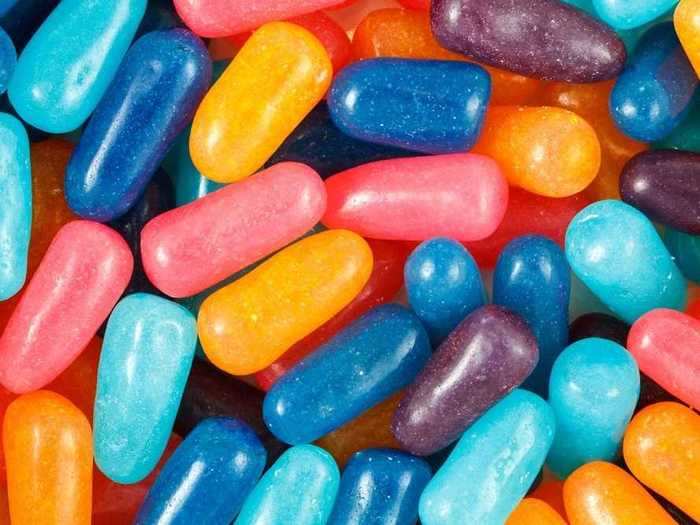
The Just Born candy company launched in 1923, but started making Mike and Ikes in 1940 due to the growing demand for gummy fruit-flavored candies. The original flavors were cherry, orange, lemon, and lime. When the company that made Mike and Ikes acquired another candy company in 1953, they were able to expand their flavor offerings.
1945: DOTS gumdrops became all the rage.
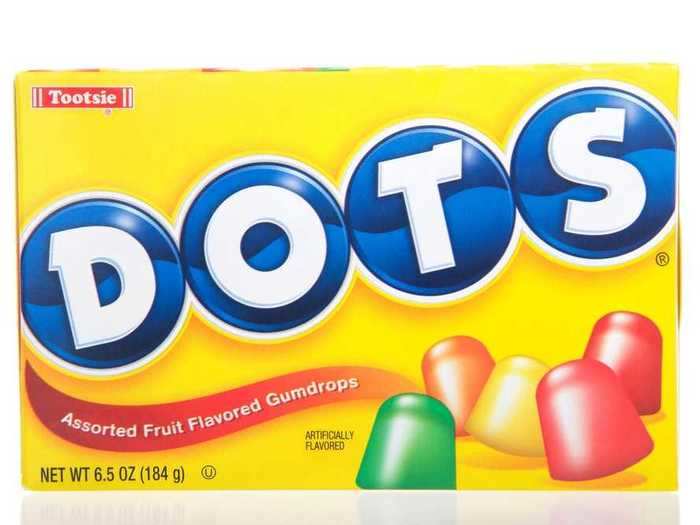
Black licorice-flavored gum drops became popular in 1890 in the form of Black Crows. Then DOTS introduced a fruit-flavored version of the drops in 1945, following the trend of fruity gummies.
DOTS now produces four billion gumdrops every year and claims the title of America's bestselling gumdrop brand.
1948: M&Ms were popular as rations during World War II.
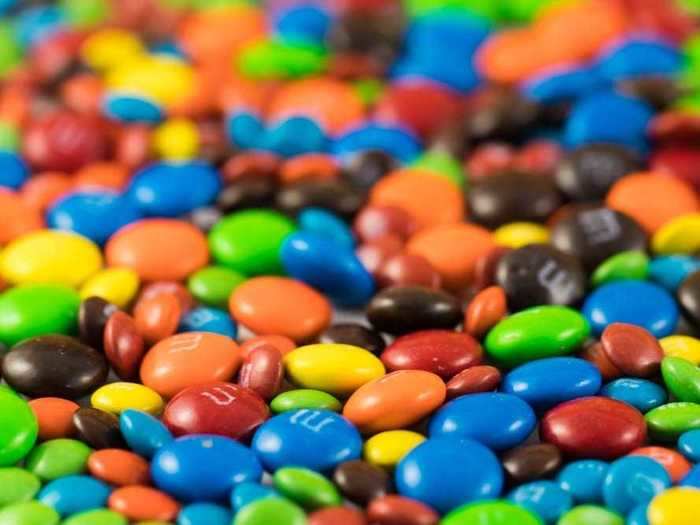
Forrest Mars Sr. patented the manufacturing process of coating chocolate with a heat-resistant shell in 1941.
"M&M's were a military hit as the tube they were packaged in (they were originally sold in cardboard tubes) fit perfectly into military issue cargo pockets," confectionery expert Beth Kimmerle told Insider. "More importantly, the chocolate didn't melt due to its candy shell. The bright colors of the sugar exterior made a simple candy into whimsical chocolate cheer from home."
1948: Radio ads described Almond Joy as "indescribably delicious."
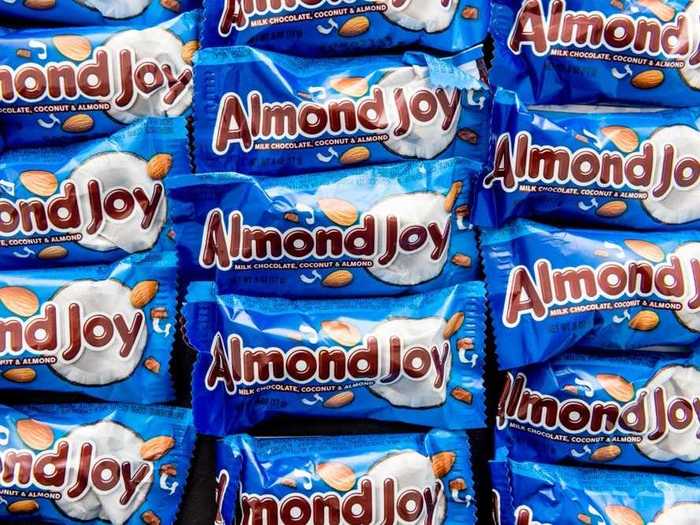
Since candy had been part of rations during World War II, there was an increased demand for candy after the war. Peter Paul Inc. utilized radio ads to boost Almond Joy sales with a catchy tune that described them as "indescribably delicious."
Hershey acquired Almond Joy candy bars in 1988.
1953: The popularity of Cheez Whiz kickstarted the processed food industry in the US.
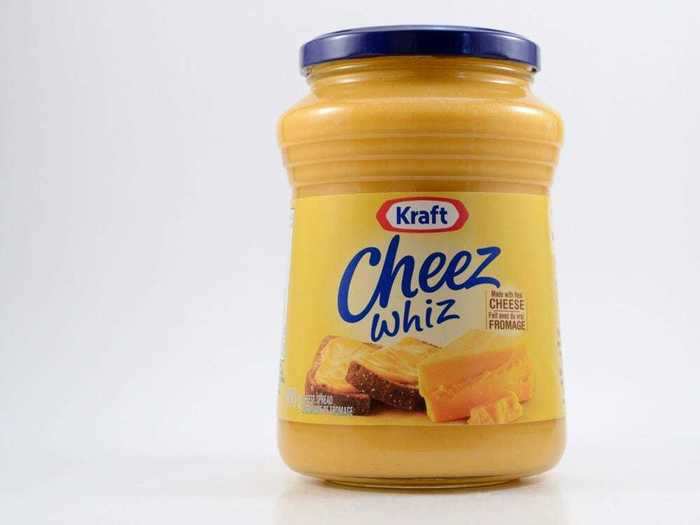
Food scientists developed this spreadable cheese product with a long shelf life in 1953.
1958: Herr's started adding seasoning to their potato chips.
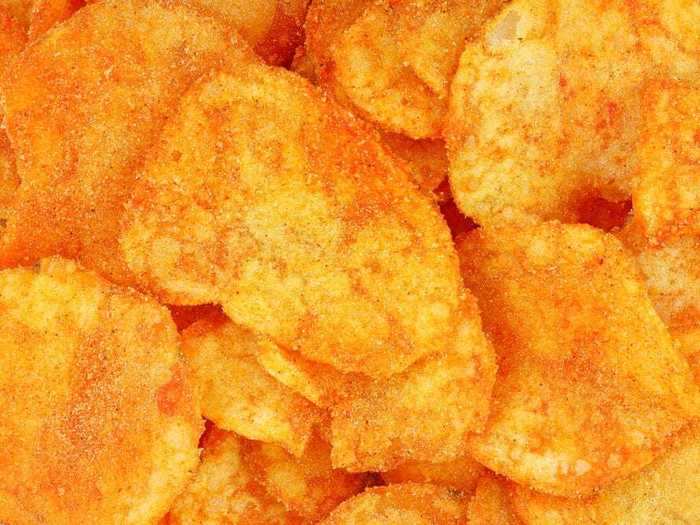
Herr's started adding seasoning to their potato chips in 1958. Their original barbecue flavor was so popular that they still make the same recipe today.
1962: Pepperidge Farm founder Margaret Rudkin discovered the addictive snack cracker recipe for Goldfish while visiting Switzerland and brought it to the US in 1962.
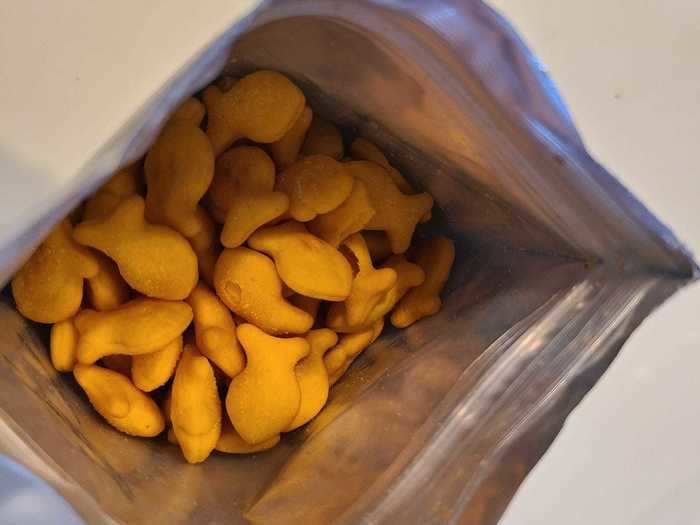
Celebrity chef Julia Child even served them with cocktails at her Thanksgiving dinners.
1963: The 100th chain of Dunkin' Donuts opened in 1963, cementing it as a nationwide favorite.
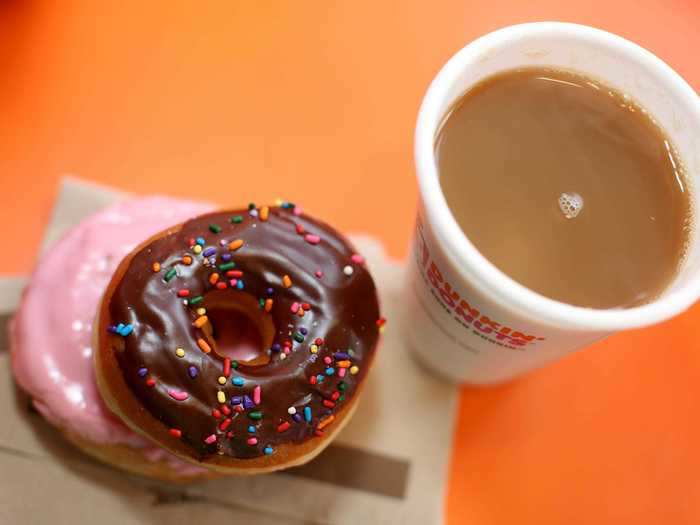
What began as a doughnut and coffee restaurant called Open Kettle in 1948 was renamed Dunkin' Donuts in 1950 by founder William Rosenberg. The 100th chain of the store opened in 1963, cementing it as a nationwide favorite.
1965: Dum-Dum lollipops gained popularity in banks, barber shops, and doctors' offices.
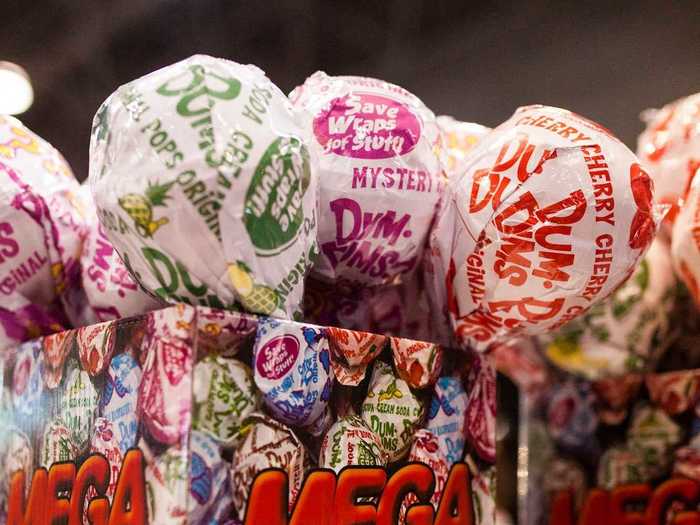
"By the 1960s, Dum-Dums became the obligatory treat in every bank, barber shop, and doctor's office in America," confectionery expert Beth Kimmerle previously told Insider. "While they were originally seven simple flavors, the company introduced a mystery flavor that would become the 'Where's Waldo?' of candy and perplexed children and adults alike."
1967: Starburst candies were invented in the UK in 1960 and brought to the US seven years later.
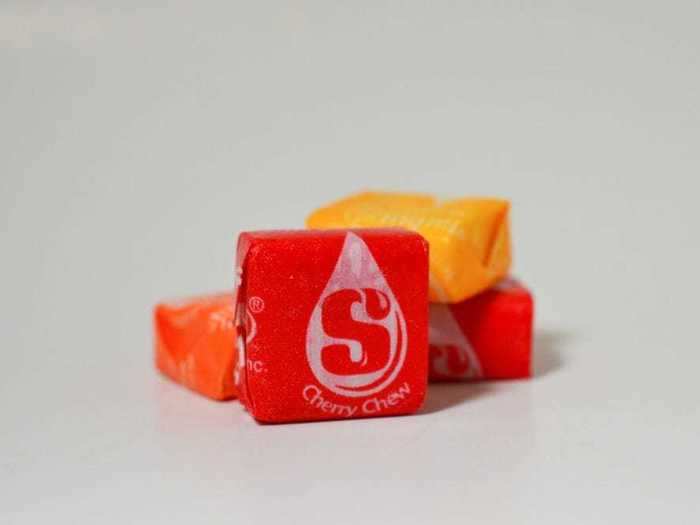
Starburst chews were invented in the UK in 1960, but they were called "Opal Fruits." With a name change to "Starburst" when they came to the US in 1967, they were a hit here too. The four original flavors were strawberry, lemon, orange, and lime.
1968: The Big Mac ushered in the era of the "big sandwich" when it debuted in 1968.
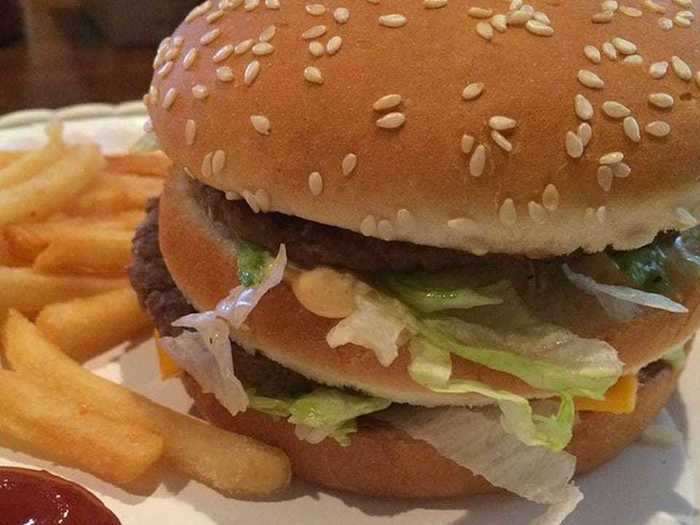
The Big Mac was invented by Jim Delligatti and became a recognizable icon worldwide.
1971: Procter & Gamble introduced Pringles to the US in 1971.
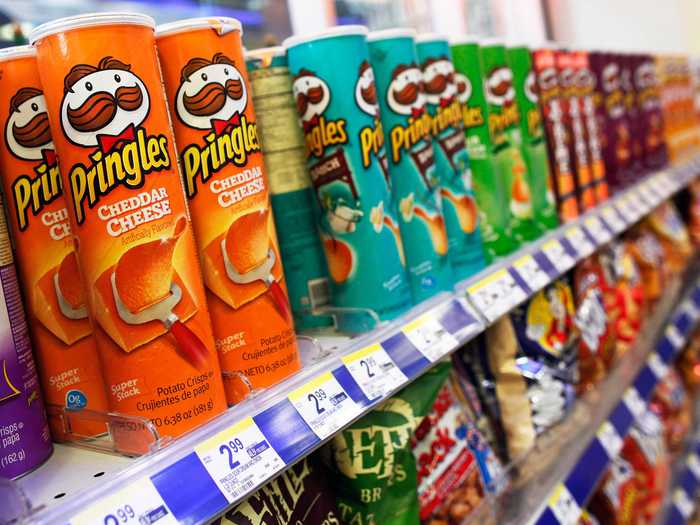
Formulating a dough that would fry well and result in uniform chips that didn't crumble wasn't easy. After some trial and error in the 1950s, Procter & Gamble introduced Pringles to the US in 1971 after a long-awaited successful market test. Their stackable shape and portable can were novelties that people couldn't get enough of.
1974: Nacho cheese Doritos are considered the "original" flavor.
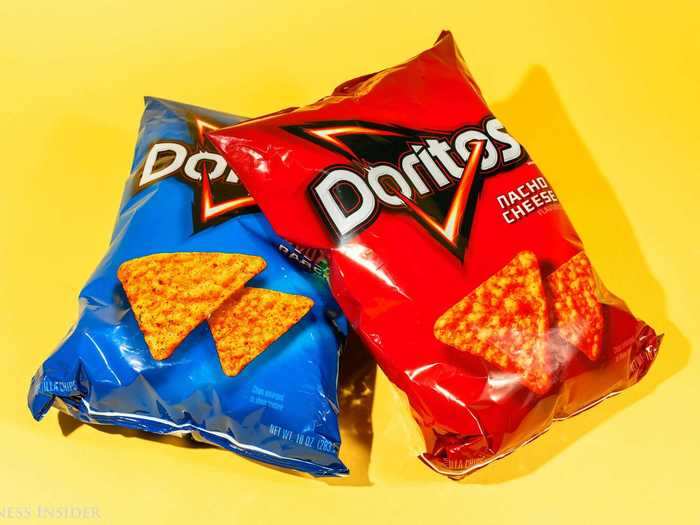
When Doritos first hit the market in 1966, they were just plain chips, according to Consumer Reports. The company added a taco flavor in 1968, but really struck gold with what is now considered the "original" flavor of nacho cheese in 1974.
1979: Frank Richards invented Ring Pops in 1979 to help wean his daughter off sucking her thumb.
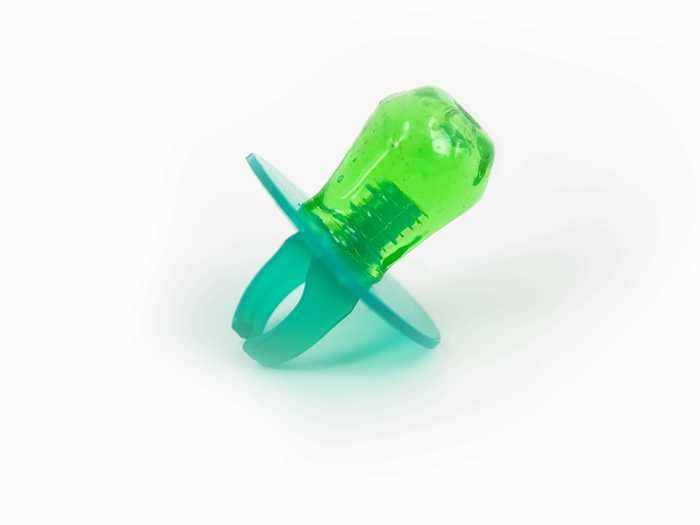
They were one of the most popular candies of the '70s, according to Bon Appetit, and soon adorned the hands of kids (and adults) all over the world.
1980: President Ronald Reagan was a well-known fan of jelly beans.
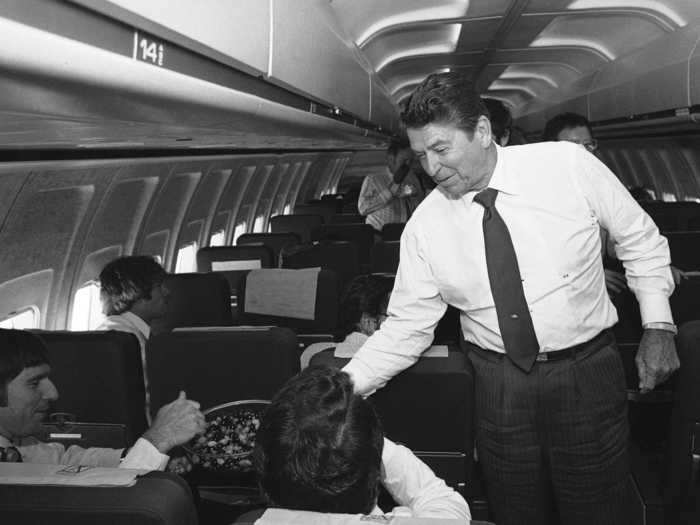
He was frequently seen enjoying them on the campaign trail and had three and a half tons of red, white, and blue beans shipped to Washington, DC, for his inauguration in 1981.
1982: Sales of Reese's Pieces tripled after the candy was featured in the movie "E.T."
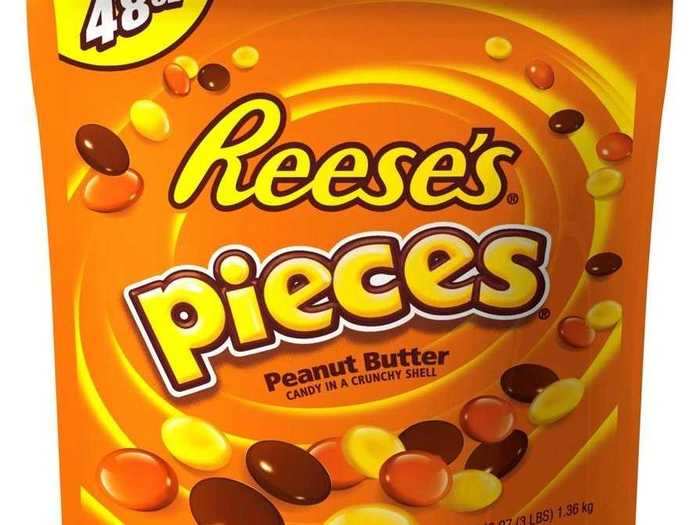
In the 1982 movie "E.T.," Elliot used Reese's Pieces to coax the lovable alien out of hiding after Hershey's agreed to a product placement deal.
1985: Sour Patch Kids began in Ontario in the 1970s and reached the US in 1985.
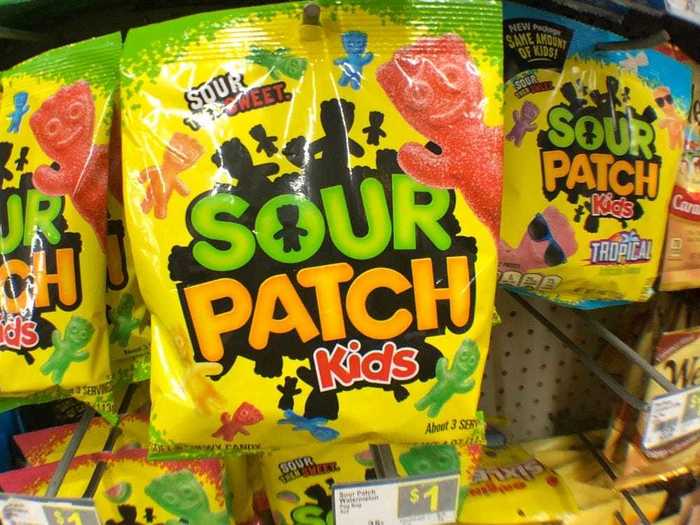
The candies were originally shaped like aliens, but were changed to be shaped like kids in response to the Cabbage Patch Kids fever of the '80s.
1986: A classic '80s candy, Push Pops featured lollipops that could be pushed up to enjoy and retracted to save for later.
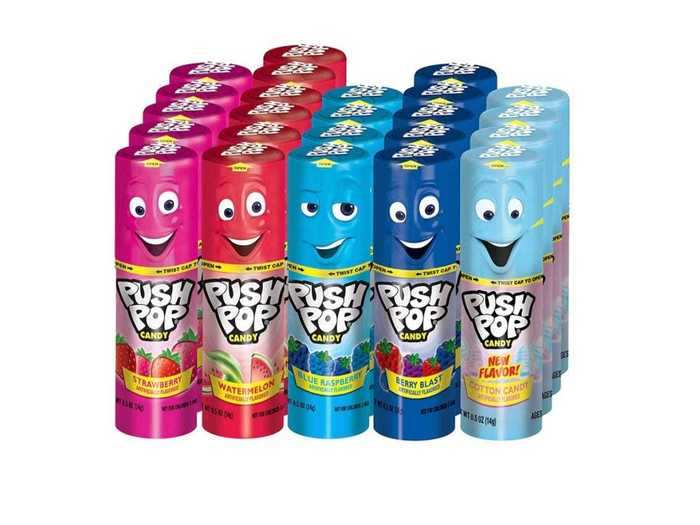
The '80s were all about convenience and eye-catching packaging.
1987: Chex Mix became a fixture at parties.
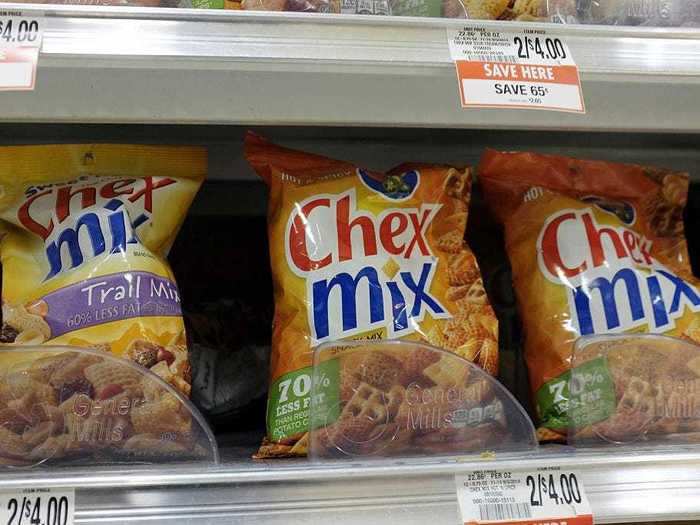
The recipe for Chex Mix was printed on boxes of Chex cereal, owned by Ralston Purina, starting in 1953. The company then introduced packaged Chex Mix in 1987. A branding deal with the beloved "Peanuts" comic strip helped establish Chex Mix's iconic status.
1988: Ben and Jerry's ice cream earned its creators an award from the White House.
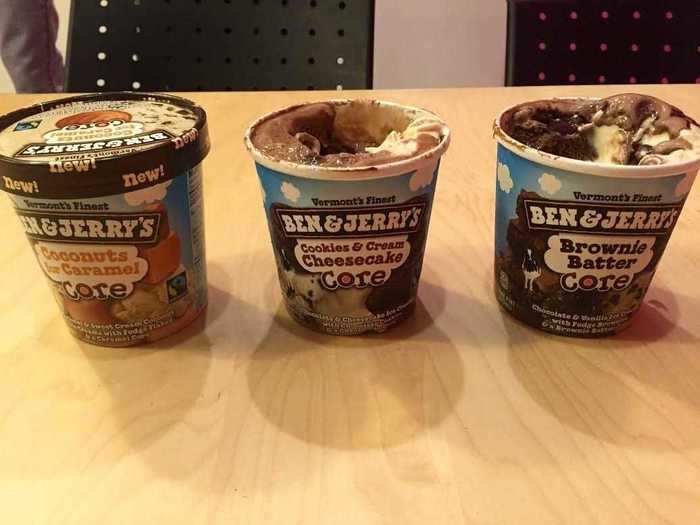
Ben Cohen and Jerry Greenfield founded the first Ben and Jerry's ice cream shop in a renovated gas station in Burlington, Vermont, and went on to become an iconic brand across the US. They were named US Small Business Persons of the Year by Ronald Reagan in 1988, and were invited to the White House to accept their awards.
1990: Dunkaroos were wildly popular in the '90s.
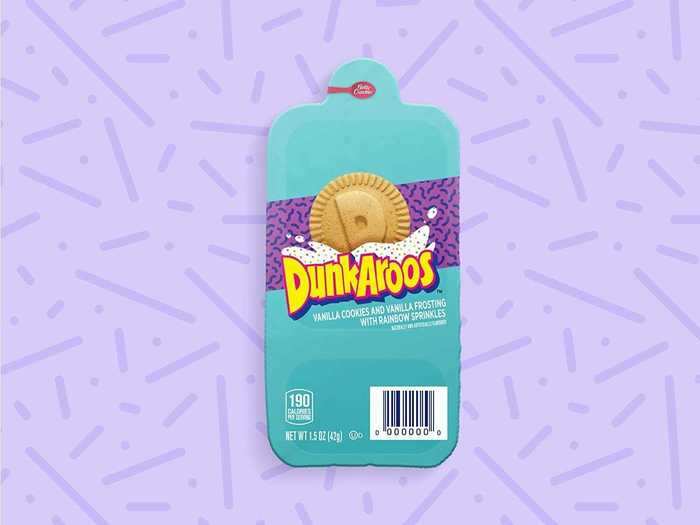
Dunkaroos were the snack to have in the '90s. They hit shelves in 1990 and were discontinued in 2002 to the dismay of many who still reminisce about how much they miss them (though they're still available in Canada).
1991: Fruit By The Foot debuted its 3 feet of flavor.
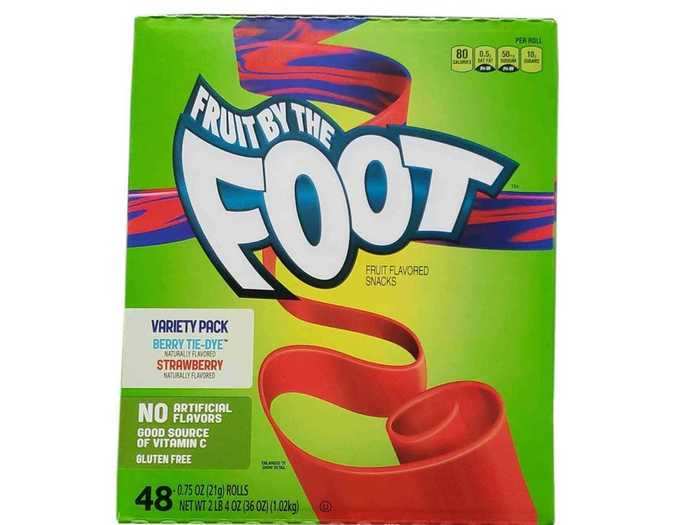
Introduced in 1991, Fruit By The Foot was valuable currency in school cafeterias' lunch trading markets. The 3-foot, long-lasting snack is 48% sugar, according to The Daily Meal.
1993: Snackwell's beat out the popularity of Oreos and Ritz crackers.
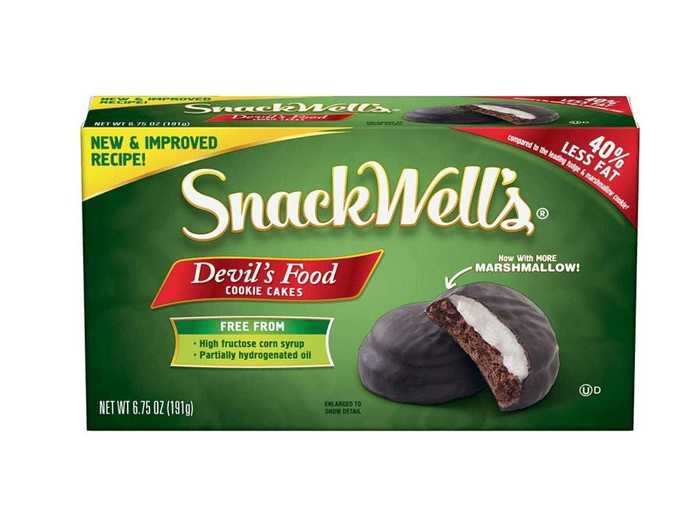
Snackwell's products were so popular that they overtook Ritz Crackers and Oreo Cookies to become the top snack in the US, according to Information Resources International via The New York Times.
1998: Oreo O's cereal became a cult favorite.
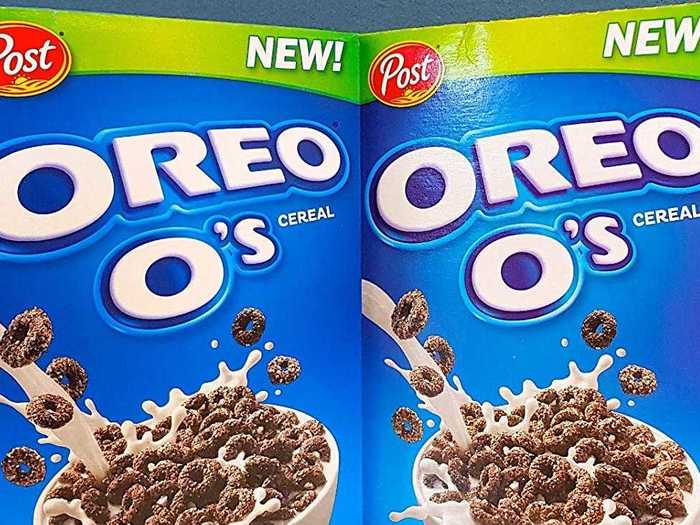
Oreo O's had a quick run on grocery store shelves, from 1998 to 2007, because Post split from Kraft Foods Group. But the thrill of having Oreos for breakfast left a lasting impact, and the cult favorite is now back in stores.
2002: Brothers Paul and David Merage invented Hot Pockets in 1983 and patented their formula for keeping the microwaveable food crispy.
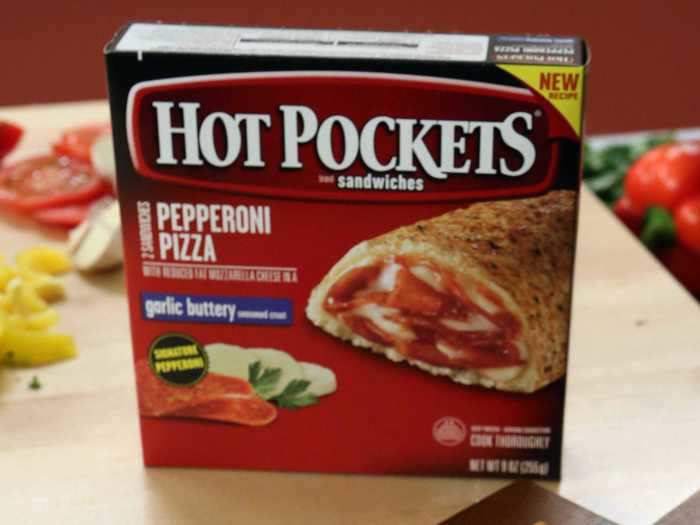
As filling, portable snacks that are easy to prepare, they became widespread. Gene Grabowski, a vice president at the Grocery Manufacturers of America, told The Wall Street Journal in 2002 that "Hot Pocket hits the biggest trend in food right now — food you can prepare and eat with one hand."
2000: Bertie Bott's Every Flavor Beans from the "Harry Potter" series came to life in 2000 when Jelly Belly created specialty flavors like vomit, dirt, and spinach.
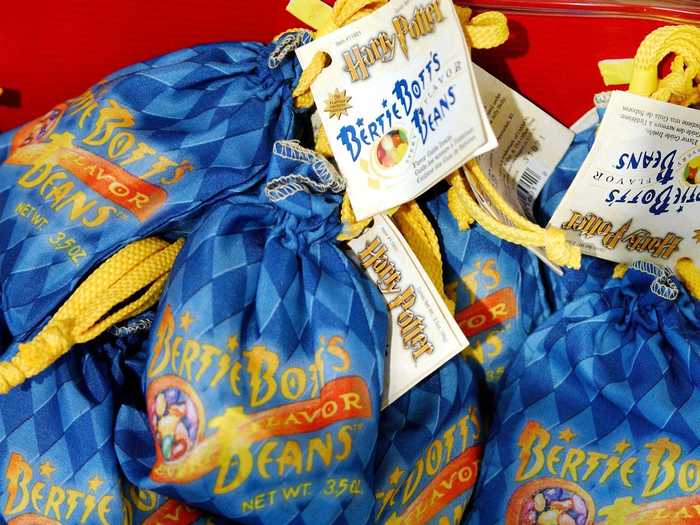
The snacks lived up to the candy's slogan in the books: "A risk with every mouthful!" The fourth Harry Potter book, "Harry Potter and the Goblet of Fire," came out the same year, and production on the first movie had begun, contributing to the hype.
2005: PepsiCo bought Stacy's Pita Chips, an all-natural snack company.
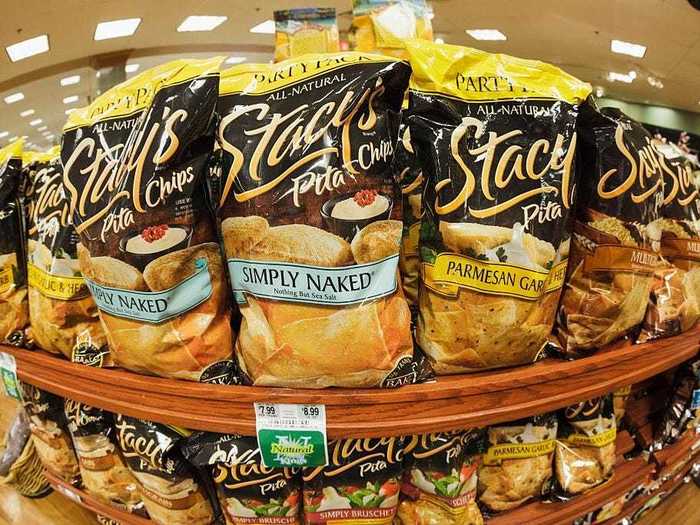
The chips began as a treat for people waiting in long lines for the original Stacy's sandwich cart in Boston and became immensely popular on their own.
2008: Popcorners' airy, popped consistency made the snack a fast favorite.
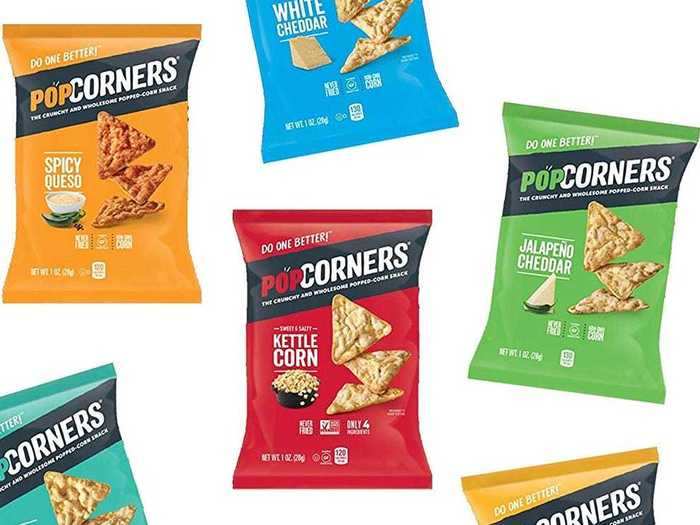
Medora Snacks, which produces Popcorners, was founded in 2008.
2012: Snickers was the top-selling candy bar in the world.
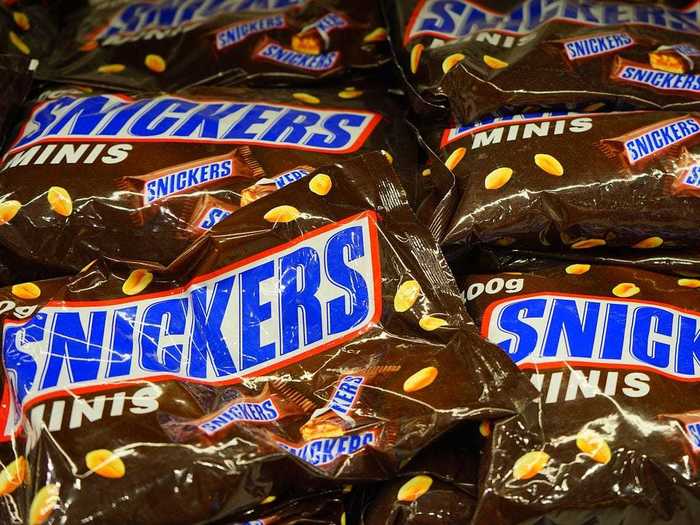
Snickers sales totaled $3.6 billion.
2013: People waited in line for hours to try pastry chef Dominique Ansel's "cronut," a doughnut-croissant combination.
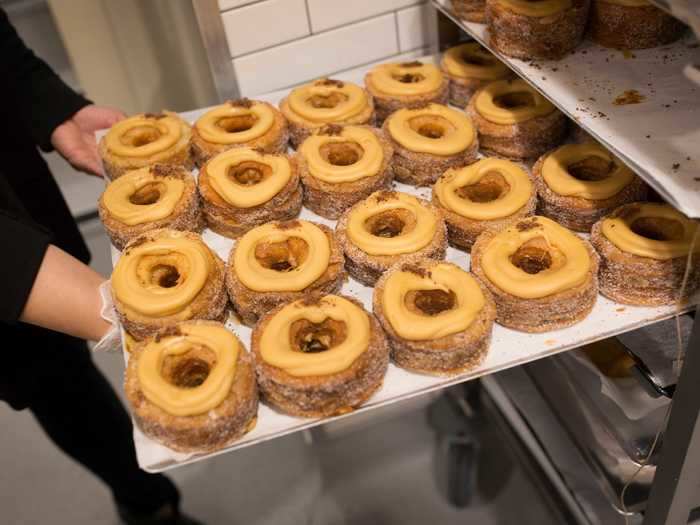
2014: The popularity of healthier snacks like trail mix skyrocketed.
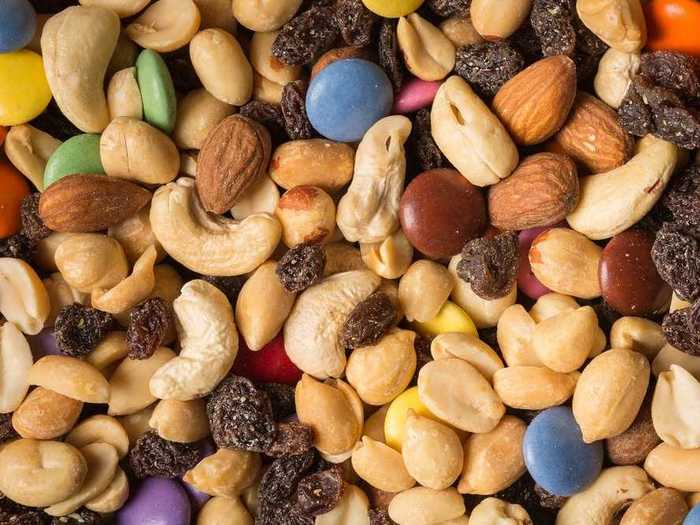
Trail mix showing "exceptional growth" in sales, according to Food Business News.
READ MORE ARTICLES ON
Popular Right Now
Popular Keywords
Advertisement